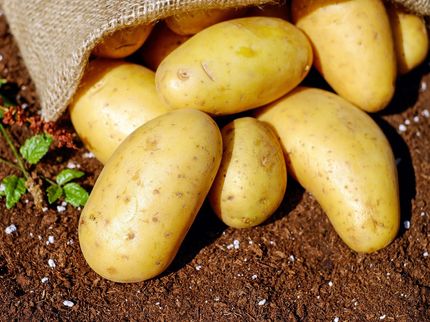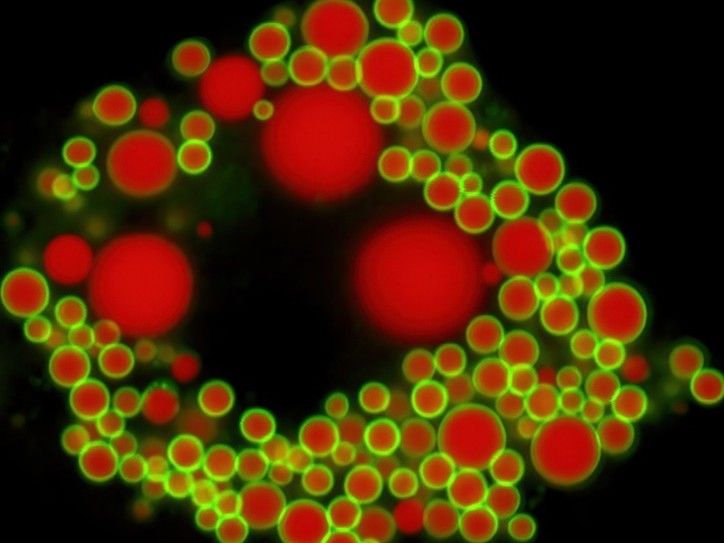How the potato becomes a sun worshipper
FAU researchers succeed in growing tubers even at high temperatures
Advertisement
There's one thing the potato doesn't like: warmth. If the temperatures are too high, the plant will produce significantly fewer tubers or sometimes no tubers at all. Biochemists at the Friedrich Alexander University Erlangen-Nuremberg (FAU) have now found out why this is so: When the temperature rises, a so-called "small RNA" blocks tuber formation. The scientists have succeeded in eliminating this small RNA and thus producing heat-resistant potato plants - in view of climate change an important contribution to securing crop yields for the future. They have published their results in the journal Current Biology published by Cell Press.
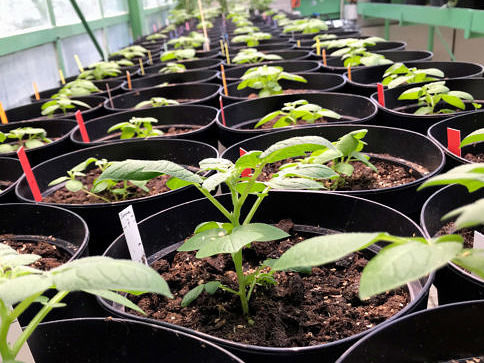
The heat-resistant plants still form tubers even at temperatures above 29 degrees Celsius.
FAU/Uwe Sonnewald
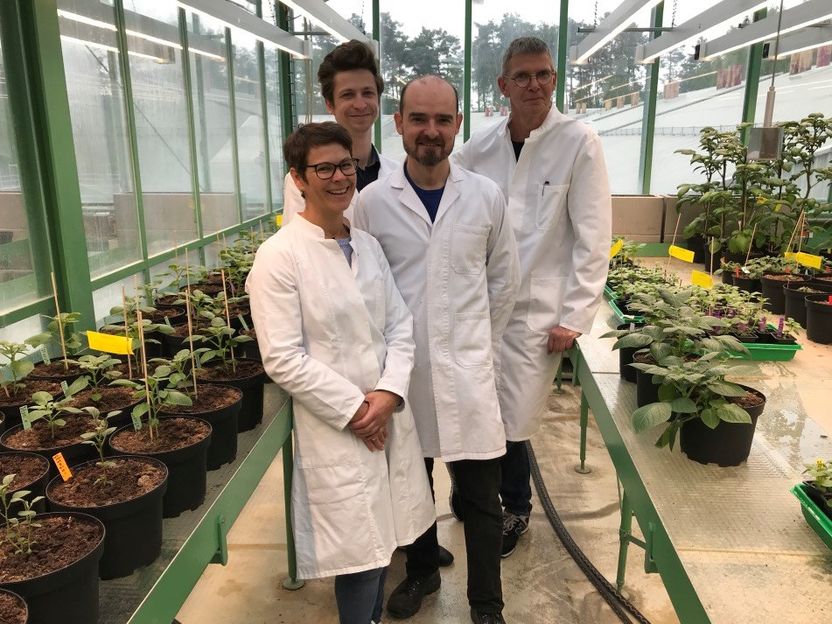
FAU/Rabih Mehdi

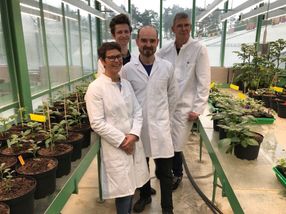
The potato is one of the world's most important staple foods along with corn, rice, wheat and manioc. The highest yields can be achieved at moderate temperatures - around 21 degrees Celsius during the day and 18 degrees at night are ideal for tuber formation. At these temperatures and the right length of day, a tuber-inducing protein called SELF-PRUNING 6A (SP6A) is formed in the leaves. This signals the plant to form tubers to be prepared for cold periods. However, if it is very warm - in the laboratories, the FAU scientists led by Prof. Dr. Uwe Sonnewald set the temperature limit at 29 degrees during the day and 27 degrees at night - the plant switches to a kind of growth programme: It forms more green shoots and leaves, but fewer to no tubers. In addition, the few tubers have a lower starch content and germinate faster - they are therefore less nutritious and spoil more quickly.
"Until now, the mechanism that prevents tuber formation in heat was not known," explains Prof. Dr. Uwe Sonnewald, head of the Department of Biochemistry. Together with his research team, he has now identified a small ribonucleic acid (RNA) consisting of about 19 nucleotides that regulates tuber formation depending on temperature. At lower temperatures it is inactive. However, when temperatures rise, it blocks the formation of SP6A and thus tuber growth.
In a second step, the scientists produced potato plants in which the effect of the small RNA was neutralised and exposed them to high temperatures in the greenhouse. The result: Even at temperatures of more than 29 degrees and 27 degrees, tubers of good quality were still produced. "Our results offer the chance that we will still be able to grow potatoes in the future when temperatures rise," says Prof. Dr. Sonnewald. Next, the researchers want to test the potato plants under field conditions and test whether the plants can withstand the heat under real conditions.
Note: This article has been translated using a computer system without human intervention. LUMITOS offers these automatic translations to present a wider range of current news. Since this article has been translated with automatic translation, it is possible that it contains errors in vocabulary, syntax or grammar. The original article in German can be found here.



